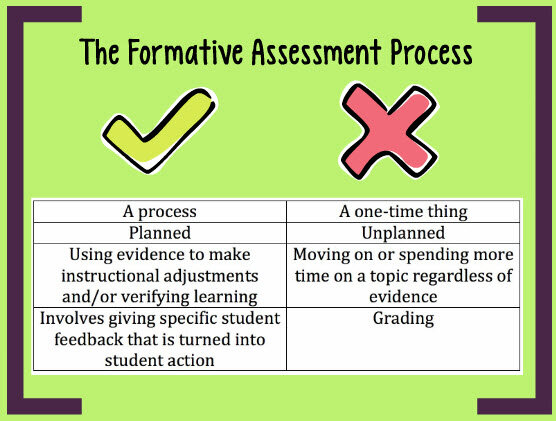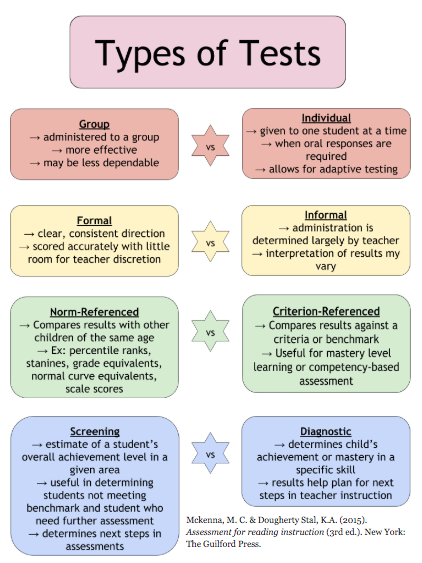3 Assessments To Use While Going Through the Response to Intervention Process
The Response to Intervention process is split up into three tiers of educational assistance, with each level offering progressively more individualized and intensive instruction. A great deal of emphasis in the RTI framework is, placed on how we assess students to measure progress. The three major types of assessments are commonly utilized together within the RTI process. Summative, diagnostic, and formative assessments; we will go through each one individually.
Formative Assessment: An Introduction
Summative Assessments
Summative assessments are generally end-of the-unit assessments, final projects, portfolios, and standardized tests. These evaluations are often in the form of major tests. Although summative assessments provide useful information on student growth they often encourage memorization rather than fully understanding content and subject matter.
Diagnostic Assessments
Diagnostic assessments, however, allow us to measure students’ individual strengths, weaknesses, knowledge, and skills prior to instruction. They help us better understand where students’ starting point. They give us an idea of what material we should place emphasis on and what students may need additional learning assistance. While diagnostic assessments inform us of our students’ starting points in class, they are not generally used to move students into the RTI framework. For that, we rely on formative assessments.
Formative Assessments
Assessment for Reading Instruction
The third type of evaluation is used more frequently. Formative assessments, which create an ever-evolving picture of a student’s proficiencies as they move through a course. In contrast with the two previous types of evaluations, formative assessments are utilized continuously throughout the class. Although they take more time for teachers to provide instant feedback; defined learning goals per student increase academic achievement. These evaluations are typically used to screen students for the RTI framework. Informal assessments are based on content and current performance, rather than data. Formal assessments, on the other hand, rely on data to form conclusions on a students’ learning through standardized measures. They often take the form of exit tickets or weekly quizzes. These formative assessments allow teachers to consistently evaluate how students are progressing and can quickly identify students who are falling behind and will require additional assistance. This type of evolution is used throughout the entire RTI framework to decide when a student should move into an RTI tier.
Conclusion:
Through a combination of these assessments, we can identify how best to instruct students and how well those students are gaining an understanding of the material covered by the course curriculum. These assessments all have their place throughout the RTI framework. They are vital to ensuring the process can quickly identify which students require an intervention and what level of learning assistance they are going to need.
References
https://images.pearsonclinical.com/images/ca/rti/RTI_role.htmhttps://rti4success.org/video/implementer-series-understanding-types-assessment-within-rti-framework
“Formative vs Summative.” Visual Thinkery, 24 Mar. 2016, bryanmmathers.com/formative-vs-summative/.
WritingCity. “Formative Assessment: An Introduction.” WritingCity, 22 Feb. 2018, www.writingcity.com/formative-assessment-an-introduction.html.
Mckenna, M. C. & Dougherty Stal, K.A. (2015). Assessment for reading instruction (3rd ed.). New York: The Guilford Press.


